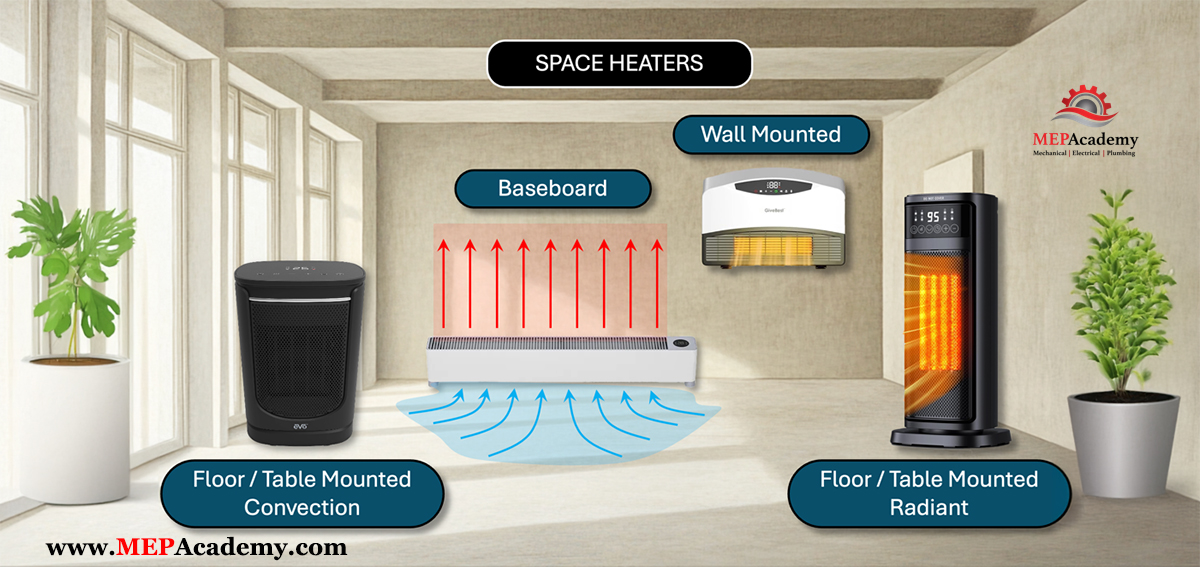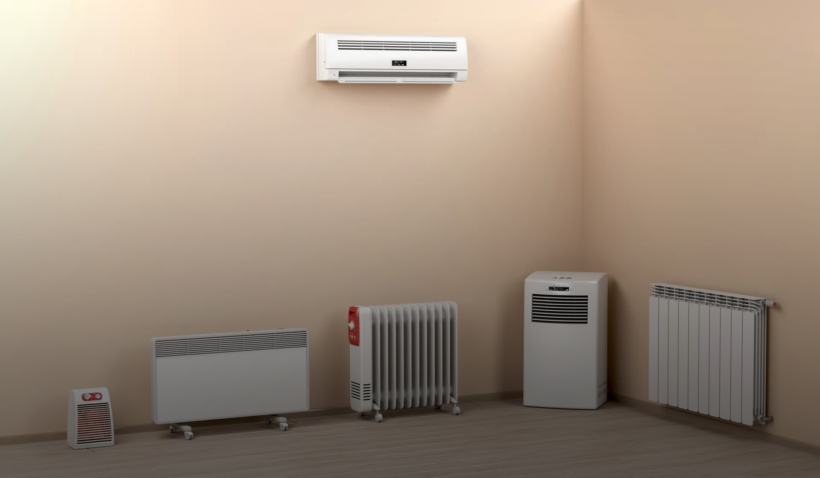1 Source Portable Air Fundamentals Explained
Table of ContentsOur 1 Source Portable Air StatementsThe Main Principles Of 1 Source Portable Air 10 Easy Facts About 1 Source Portable Air ExplainedIndicators on 1 Source Portable Air You Should KnowWhat Does 1 Source Portable Air Do?
Running prices are based upon an electrical energy cost of 40c/kWh. The expenses for 3 months' usage in winter are based upon 500 hours use, or about 6 hours each day for three months. Optimum heat outcome is based upon the optimum wattage of the versions we've tested (we concentrate on higher wattage heaters).
On average, small follower heating systems are less costly to acquire, but can have higher running expenses. Oil column heating units will certainly be the most affordable on the market to run (on average) yet only by a slim margin ahead of convection heaters (like panel and micathermic panels).
The Buzz on 1 Source Portable Air
If you have a relatively easy to fix ceiling fan, it'll help spread the heat around the room much more evenly. A number of pricey heating systems have failed to excite our testers, while some less expensive models make for remarkably excellent buys.
As the name suggests, they emit heat from a heated burner (so the household will have to take turns being in front of it). There are flooring and wall-mounted models offered. Glowing heaters are reasonably affordable. They have a cosy radiance and personal warming result, like being in front of a fire.
Glowing heaters generally cost between $20 and $200. Oil-filled column heating units don't in fact burn oil they make use of electrical power to heat up the oil that's secured inside their columns or 'fins'.
3 Easy Facts About 1 Source Portable Air Explained
Some column heaters aren't even oil-filled yet instead utilize other product or home heating innovation to work similarly - 1 Source Portable Air. The threat of fire with an oil column heater is reduced compared to other heater types, yet never zero. Oil heating units don't have revealed components like radiant heaters do, and their surface area temperature level is less than several other heating system types (their huge surface location makes up for it)
Oil column article heating systems will not blow up, and while they don't shed their oil to create warmth, it's still flammable, so there is a fire threat if the oil leaks, if the heating system tips over and leakages, or if flammable objects or textile come into contact or fall on the heating system. You must exercise the same level of care with oil heaters when it comes to various other heating unit types, and never ever hang towels or garments over one to completely dry them make use of a drying out rack instead, a minimum of one metre away.
Column heaters are particularly valuable in spaces where they'll be turned on for lengthy durations of time or where they'll run ignored, such as overnight in a room. The surface areas you're likely to touch on a column heater don't obtain as warm as various other kinds of electric heating units. You can use a ceiling follower on extremely reduced rate to aid the column heating system to disperse the warmth quicker and a lot more uniformly.
Oil-filled column heating systems generally cost between $50 and $450. Convection and panel heating units draw chilly air over an electric home heating aspect.
The 20-Second Trick For 1 Source Portable Air

Convection and panel heating systems are extra mobile have a peek at this website than their oil-filled column heating system equivalents since they're substantially lighter. They'll heat up the air in a space uniformly and rapidly. Like a column heating unit, you can use a ceiling fan on really low speed to disperse the warmth much faster and a lot more uniformly. Some designs, especially panel heaters, are comparatively expensive to purchase.

How 1 Source Portable Air can Save You Time, Stress, and Money.
Fan heating systems are commonly smaller and a lot more portable than various other electrical heating systems. They likewise come in the type of tower follower heaters, which can be much better for dispersing warmth around larger areas as a result of their taller account. They can heat up the air in an area much more rapidly, equally and rapidly than a few other heating system types.
Follower heating systems (ceramic or otherwise) generally cost in between $60 and $900. Ceramic follower heating units aren't necessarily any type of various in rate to non-ceramic models.